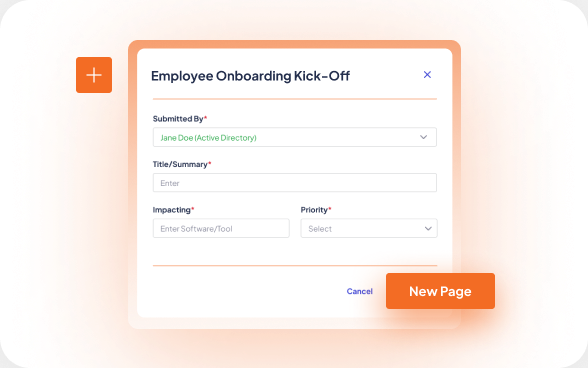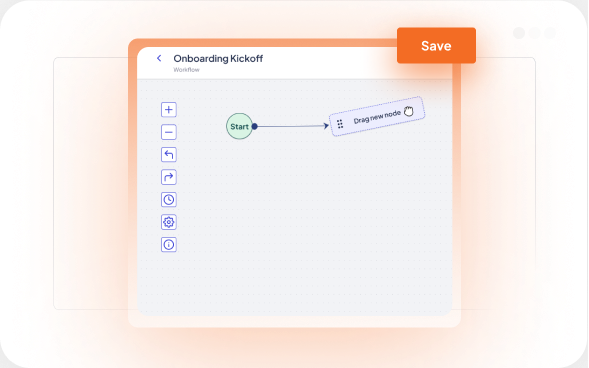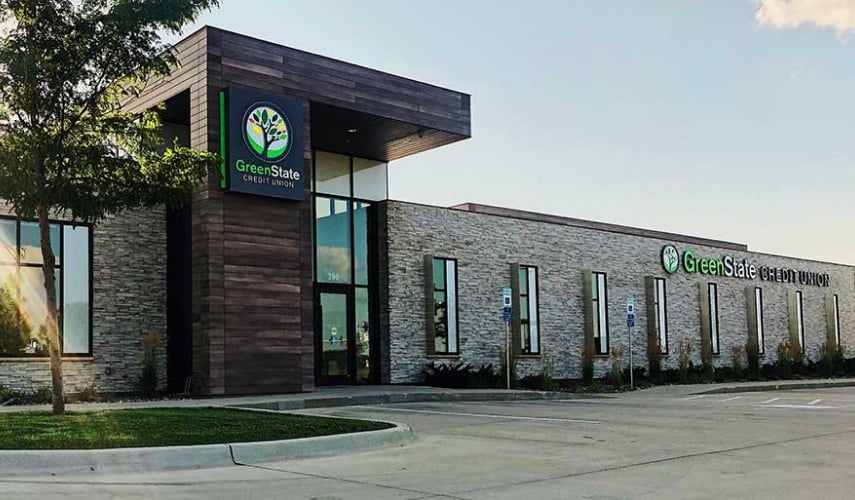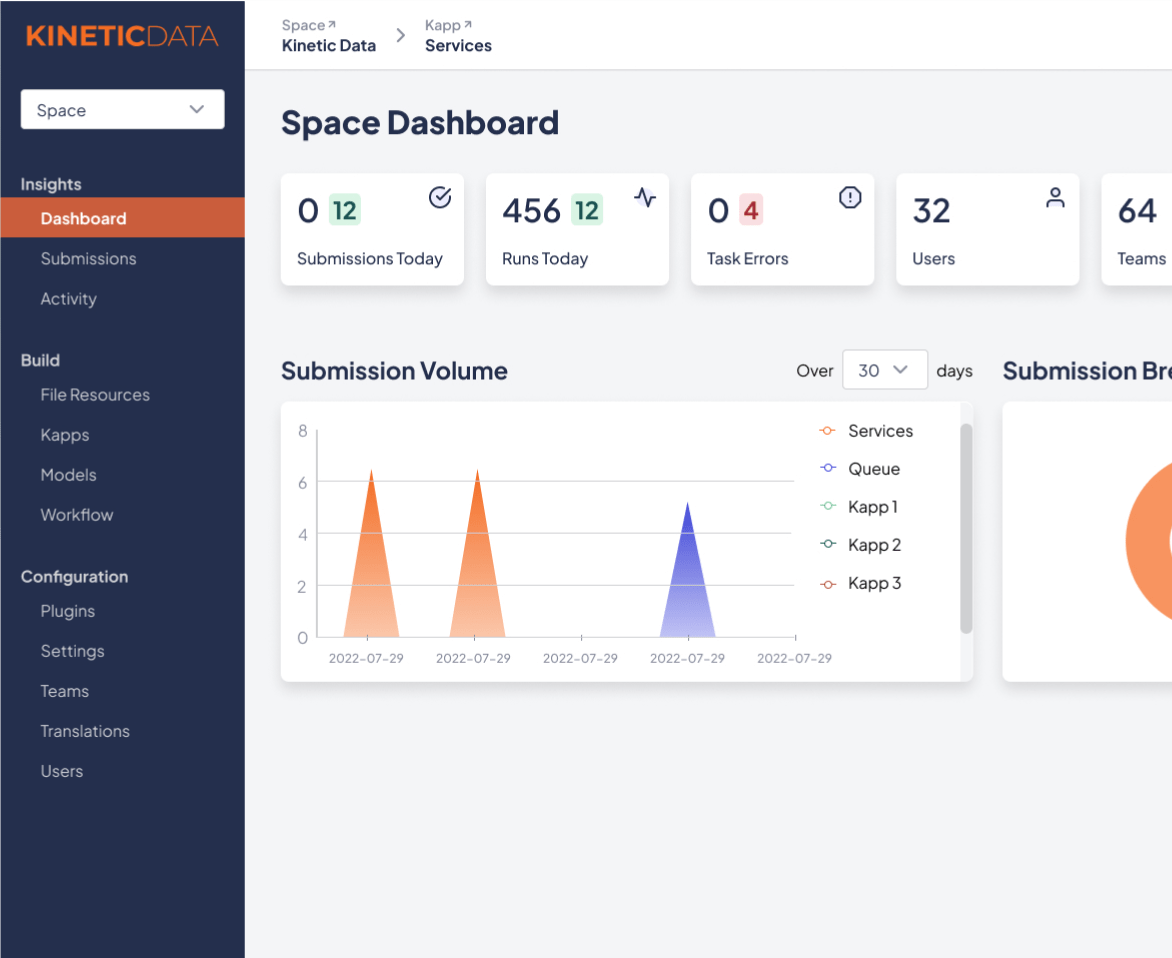Every new hire should feel like a win for IT. Instead, it kicks off a cascade of coordination chaos—badge requests lost in email, access provisioning split across five systems, and you playing traffic cop between HR, Security, and Facilities while praying nothing falls through the cracks.
Traditional BPM platforms promised to fix this. They delivered six-month implementations, rigid workflows that broke the first time someone requested an exception, and per-user licensing that made you think twice before including every approver in the process.




